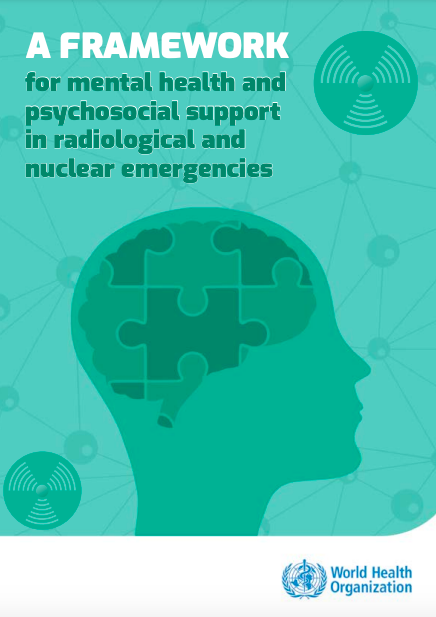20,000 thyroid cancers were caused by the Chernobyl nuclear accident.1 1WHO: Radiation
Regardless of whether the accident is an isolated event or a large-scale catastrophe, radiation emergencies can greatly impact health, property and the environment.
Radiation emergencies include:
20,000 thyroid cancers were caused by the Chernobyl nuclear accident.1 1WHO: Radiation
Over 88,000 lung cancers were caused by residential radon in 2017.
Uranium mining and milling is associated with high risks of lung cancer and other disease in miners.2 2Uranium Mining and Health. Dewar, D. et al. 2013; Energy, the Environment and Health. Holden, J.P. & Smith, K.R. 2000
Nuclear hazards exist globally.
Acute health effects such as skin burns or acute radiation syndrome can occur when doses of radiation exceed certain levels. Low doses of ionizing radiation can increase the risk of longer term effects such as cancer.
Radiation is energy that travels in the form of waves or particles, and is part of our everyday environment. People are exposed to radiation from cosmic rays, as well as to radioactive materials found in the soil, water, food, air and also inside the body. Human-made radiation sources are widely used in medicine, industry, and research. There are two types of radiation: ionizing and non-ionizing radiation.
Non-ionizing radiation encompasses both natural and human-made sources of electromagnetic fields. Electrical power supplies and appliances are the most common sources of low frequency electric and magnetic fields in our living environment. Everyday sources of radiofrequency electromagnetic fields include telecommunications, broadcasting antennas and microwave ovens. Exposure to intense, direct amounts of non-ionizing radiation may result in damage to tissue due to heat, however this is not common and mainly of concern in the workplace for those who work on large sources of non-ionizing radiation devices and instruments.3 3CDC: Radiation Studies
Ionizing radiation is a type of energy released by atoms in the form of electromagnetic waves or particles. People are exposed to natural sources of ionizing radiation, such as in soil, water, and vegetation, as well as in human-made sources, with the medical use of ionizing radiation being the highest contributor to people’s exposure (e.g. diagnostic radiology, image-guided interventions, nuclear medicine and radiotherapy). As the use of ionizing radiation increases, so does the potential for health hazards if not properly used or contained.
People can be exposed to ionizing radiation at home or in public places (public exposures), at their workplaces (occupational exposures), or in a medical setting (as are patients, caregivers, and volunteers). Exposure to ionizing radiation can be classified into 3 exposure situations:
Radiation exposure may be internal or external, and can be acquired through various exposure pathways:
Increasing frequency of extreme weather events is likely to increase the risk of nuclear disasters.
Meteorological Services
Following a nuclear accident, weather patterns can affect the size and direction of the affected area. National meteorological services have an important contribution to make in the response to all cross-border environmental emergencies because of their 24/7 monitoring and operational activities and their links to regional and global information systems and emergency services.4 4WMO Addresses Ministerial Conference on Nuclear Safety
In addition, some national meteorological services are designated to provide real-time technical capacity to the World Meteorological Organization as it assists affected areas and collaborates with other international organizations.
National Planning
Countries are expected to meet the core national capacity requirements pertaining to radiation emergencies. The public health sector must be prepared to provide care to the affected individuals.
The World Health Organization (WHO) uses its Collaborating Centres and global expert networks Radiation Emergency Medical Preparedness and Assistance Network (REMPAN) and BioDoseNet to assist countries to strengthen their national capacities through developing technical guidance and tools, information dissemination, training, exercises, and support to the research and development.
International Collaboration
WHO works with other international organizations under the framework of the Inter-agency Committee for Radiological and Nuclear Emergencies (IACRNE) to provide policy advice and technical support for national health authorities on preparedness, response, recovery and long-term follow-up for populations affected by radiation emergencies.

Research
Research
EN
Research
EN